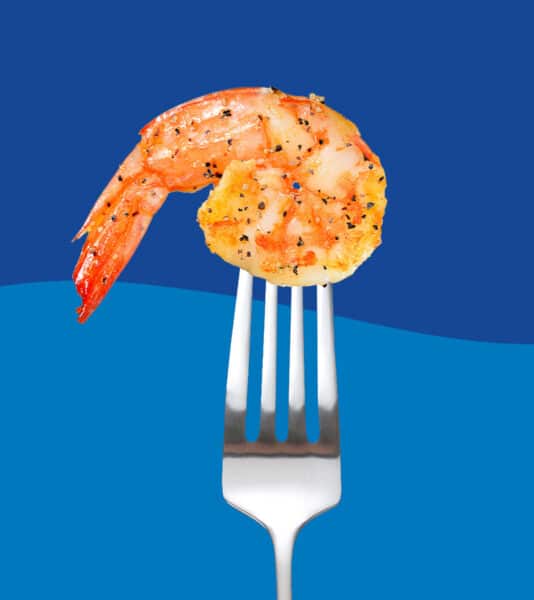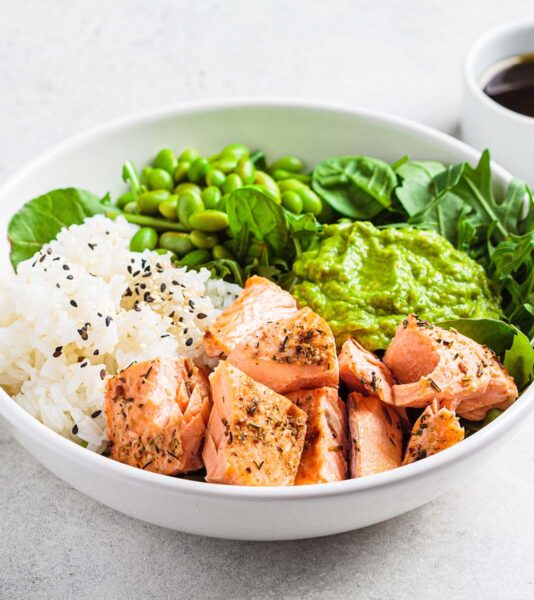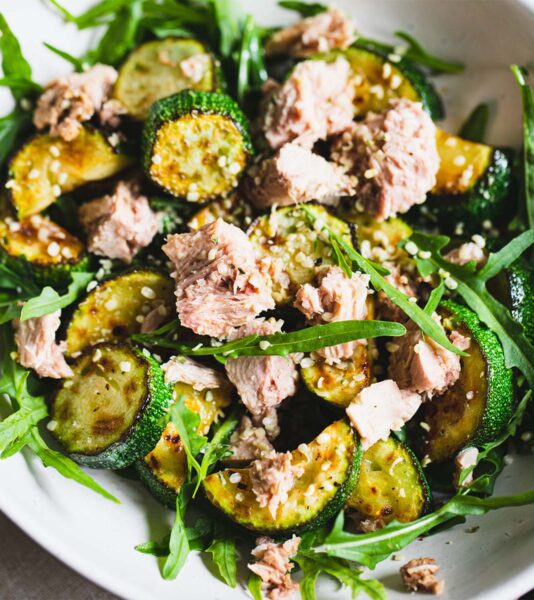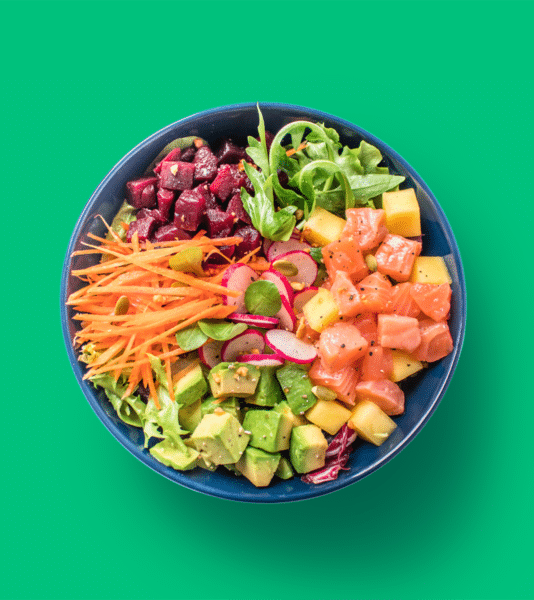With the New Year around the corner, many people are thinking ahead to healthy eating and wellness goals. Nutrient-packed shrimp can play a role.
In an effort to make healthy food choices, many consumers are tweaking how they get their protein today. Nearly one in three U.S. consumers is eating less red meat, according to the International Food Information Council’s 2023 Food and Health Survey. More than one in five consumers say they are eating more seafood, they add.
The USDA’s 2020-2025 Dietary Guidelines for Americans advises consumers to eat at least two servings of seafood per week, and the USDA list of healthy protein sources includes shellfish such as shrimp.
Shrimp: a source of omega-3s
One reason to choose shrimp is for its contribution of “beneficial fatty acids,” says the USDA, the omega-3 fatty acids EPA and DHA. Omega-3 fatty acids can promote cardiovascular wellness and cognitive health (NIH). Most Americans (90%) don’t eat enough seafood, explains the USDA, yet seafood is a unique protein category in its significant contribution of omega-3 fatty acids.
The American Heart Association advises that including foods that contain omega-3 fatty acids can be part of a heart-healthy diet. It’s also worth noting that shrimp is included with crab, clams, tuna, salmon and many other forms of seafood on the FDA’s Best Choices list.
Protein in shrimp
USDA data tell us that a three-ounce portion of cooked shrimp delivers 84 calories and about 20 grams of protein. With regard to food choices, it’s not only about the protein—but what nutrients come along with it. Many Americans consume adequate amounts of protein but miss attention to “specific protein subgroups” such as seafood, explains the USDA. “Seafood could help lower intake of saturated fat and sodium, nutrients that are often consumed in excess of recommended limits,” note the Dietary Guidelines.
Virtually no saturated fat
Some people are curious about the cholesterol in shrimp (161 mg per 3-oz serving). Advice about heart-healthy eating has evolved from the time when we were advised to limit intake of dietary cholesterol, as we’ve learned more about cholesterol metabolism and cardiac wellness. Today, the American Heart Association emphasizes limiting saturated fat sources, such as full-fat dairy products and red meats, rather than focusing on dietary cholesterol. They say, for example, that it’s fine to enjoy an egg or a serving of shrimp.
Shrimp contains virtually no saturated fat (0.048 g per 3-oz serving). As with all healthful foods, preparation techniques matter; adding fats to foods in preparation changes the total nutritional package. Steaming, baking, or sauteing in a healthy oil are among the options that many people choose.
More shrimp nutrition
Shrimp also features:
- Iron, needed for transporting oxygen in the blood
- Selenium, which is a key antioxidant
- Zinc, which plays roles in metabolism and immune health
Antioxidant in shrimp
The compound that gives shrimp its pinkish-orange color is an antioxidant called astaxanthin. The compound helps fight oxidative stress in the body and may play an important role in health, according to researchers publishing in Food Science & Nutrition. Its action is even more powerful than other well-known, colorful carotenoids such as beta-carotene found in carrots or lycopene found in tomatoes, they explain.
For your customers exploring the healthy eating landscape for the New Year, shrimp can be a valuable piece of the puzzle with its strong nutrient profile that includes protein, omega-3s, iron, zinc, selenium, and astaxanthin. Explore shrimp products and get inspired!








